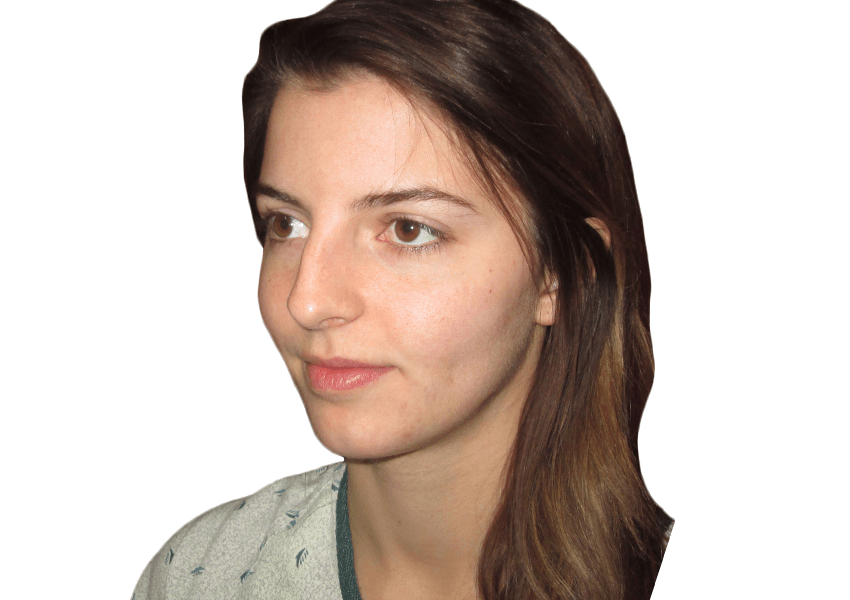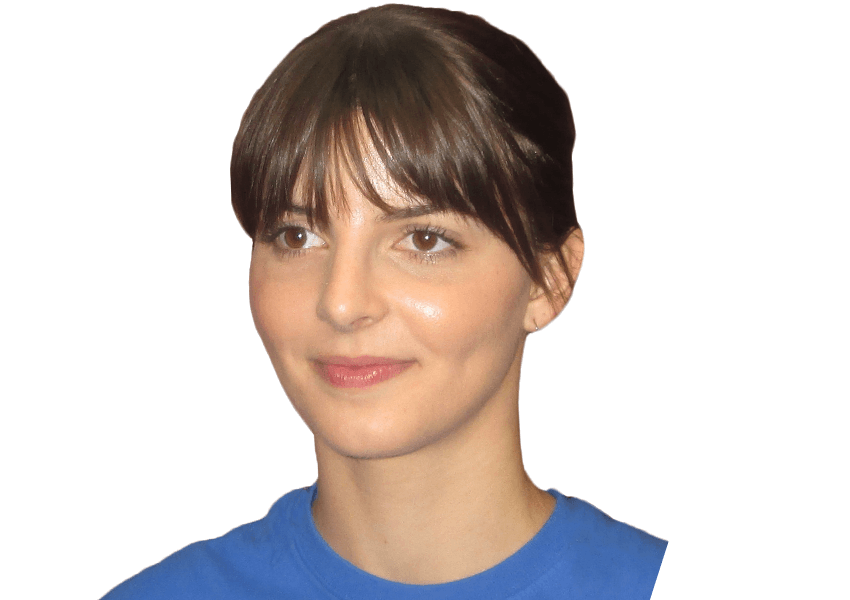NoseSurgery
What is Nose Surgery?
For better or worse, after your eyes, your nose is the most prominent feature on your face and its size and shape are defining characteristics. Every year, approximately half a million people consult with a surgeon about enhancing the appearance of their nose. Some people are unhappy with the nose they were born with, for others, aging has changed the way it looks and, for some, an injury may have distorted the nose. In many cases, there is the additional goal of breathing easier. It’s almost impossible to hide your nose and insecurity over how it looks can have a big impact on your quality of life. Whatever your reason for wanting a change, rhinoplasty, or nose surgery, is a popular procedure with a host of benefits.
benefits
- Improves shape, size or position of the nose for ideal facial balance and proportion
- Can fix structural issues for better breathing and sleep
- May offer a serious boost in self-confidence
Before and After


This 22-year-old female patient complained about a large hump on her nose. She said it had bothered her for many years and she desired subtle and natural looking results. Dr. Jung performed an open rhinoplasty to remove the dorsal hump and narrow her nose. She is shown here one year after her surgery.
Disclaimer: Individual results may vary.
TREATMENTConsiderations
Rhinoplasty can be performed on patients of all ages, though it’s most common among those 18- and 50-years-old and it’s preferable to wait until the nose and face are done growing. While Dr. Jung will help you determine if you’re a good candidate for nose surgery at your consultation, you may benefit from the procedure if:
- Your nose is too big or small for the rest of your face
- Your nose is crooked, asymmetrical or out of alignment
- The structure of your nose hinders breathing or causes congestion
- You have a bump on the bridge of your nose (dorsal hump)
- Your nasal tip is drooping, too wide, too large or too elevated
- Your nostrils are overly flared
- You’re generally unhappy with how your nose fits with your face
- You’d like to restore the appearance of your nose after an injury
Nose surgery is usually performed under general anesthesia or local anesthesia and sedation. Dr. Jung makes incisions inside the nose so they’re not visible. However, in some cases, depending on the extent of your surgery, the incision will be made in the bit of skin that separates the nostrils. From there, he is able to access the underlying bone and cartilage to reduce, augment or rearrange it to create a newly shaped structure. For example, if the tip of the nose is too large, Dr. Jung can sculpt the cartilage in that area to make it smaller. If the bridge of the nose is overly prominent, he can also reduce this to improve the profile. If portions of the nose seem disproportionately small, cartilage or soft tissue grafts can be used to create better harmony. Further sculpting of the nasal support structure can also change the angles of the nose in relation to the upper lip or forehead.
Once the shaping and sculpting are complete, Dr. Jung redrapes the tissues over the new frame and closes the incisions. He fits the outside of the nose with a small plastic splint to reduce swelling and help maintain the shape while the nose heals. Depending on the techniques used, soft, absorbent material can be inserted inside the nose to bolster stability along the septum or soft nasal supports can be placed to allow for nasal breathing.
PRE + POSTOp Care
Dr. Jung will give you instructions to follow prior to surgery, which may include avoiding smoking and taking certain medications. After surgery, it’s imperative to stick to Dr. Jung’s directions. Immediately post-surgery, you’ll be monitored in the recovery area until you feel well enough for discharge home. Most patients report little or no pain post-procedure but you may be given mild pain medication to control any discomfort. Your nasal breathing will likely be limited for a few days, whether or not packing was placed in the nose, because of intranasal swelling. Your breathing will improve as this swelling goes away.
Your face will feel puffy, especially for the first day after surgery, and some patients have swelling and bruising around the eyes, which typically subsides in two to five days. Cold compresses and keeping your head elevated will minimize swelling, bruising and discomfort. Since we generally use absorbable sutures inside the nose, they won’t need to be removed. Nasal dressings and splints are removed five to 10 days after surgery.
While you’re healing, don’t blow your nose and avoid any impact to the nose. Refrain from heavy lifting, excessive exertion and sun exposure until Dr. Jung gives you the go ahead. If you wear glasses, you’ll have to be careful not to put too much pressure on the bridge of the nose. Tape and other devices can sometimes be used to let you continue to wear your glasses during the healing period without stressing the area.


 Due to overwhelming demand, we are currently not accepting new cosmetic consultations until 2021. We thank you all for the support and we will let you know when we reopen our consultations with Dr. Jung.
Due to overwhelming demand, we are currently not accepting new cosmetic consultations until 2021. We thank you all for the support and we will let you know when we reopen our consultations with Dr. Jung.